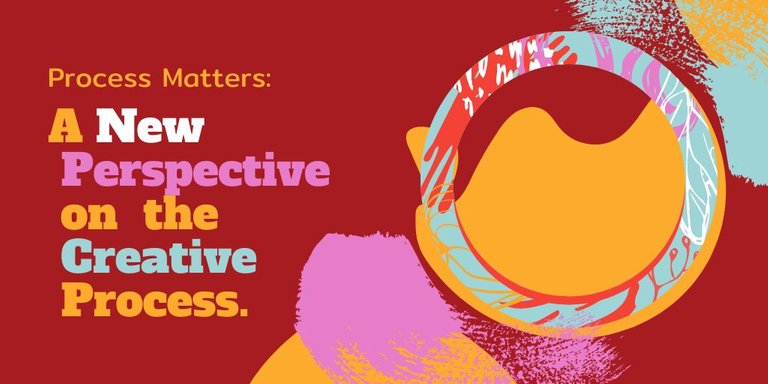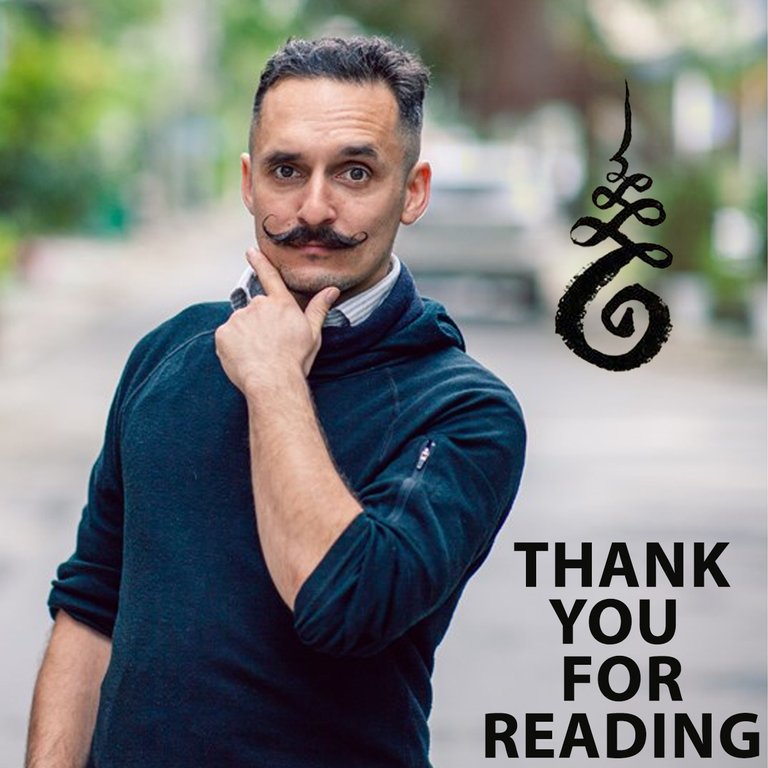
Process Matters: A New Perspective on The Creative Process
Hello Friends,
The creative process is an essential element of modern work culture.
In the digital age, collaboration tools are more accessible than ever before, ensuring that remote teams can stay connected and productive. However, working remotely also presents its own set of difficulties.
Creative processes are a set of best practices that attempt to align team members in common goals and objectives. To this end, the creative process is often documented as a standard operating procedure for each team member—from idea generation to final execution. However, the increased emphasis on the creative process has led to the emergence of new ideas about how we should be working together and what our ultimate objectives should be.
Where most focus on documenting steps with detailed instructions and checklists, others have begun questioning why we’re doing things in such a structured way and whether these steps are even necessary in the first place. This blog post will explore different perspectives on the creative process and offer insights into how you can apply these principles to your own work culture.
What is Creative Process?
The creative process is the overall workflow for idea generation, ideation, and execution.
While each organization will have its own specific process, there are some general guidelines to keep in mind.
For example, an ideation phase typically involves generating a number of ideas and then narrowing them down to the ones that are most appropriate for your project. Ideation is often followed by a design or planning phase, where you and your team will determine the best approach for bringing your project to life.
This can include the development of wireframes, storyboards, and user flows to help visualize your project and make any necessary adjustments along the way. You may also want to include revisions in your workflow, ensuring that you have opportunities to go back and check your work and make necessary changes before moving on to the implementation phase, where you’ll put your visuals and designs into action.
Defining Creative Process
The creative process is often viewed as a linear workflow that moves from ideation to execution. This means that teams work through a set of steps to bring their project ideas to life.
The purpose of this workflow is to ensure that everyone involved is on the same page and contributing to the project in the most effective way. However, a new definition of the creative process emphasizes the importance of collaboration and creativity.
This is a cyclical process that involves going back and forth between ideation, implementation, and evaluation. By considering all three facets of the process, teams are equipped with the knowledge and resources needed to reach their goals in the most impactful way possible.
Collaboration Is Key
Collaboration is a key part of the creative process, helping teams to generate ideas and identify areas for improvement. In particular, brainstorming is a great way to spark creativity and identify possible solutions to problems. However, when brainstorming is used in a structured way, it can actually inhibit creativity, as there aren’t any clear guidelines for how and when people should contribute their ideas.
This is why the creative process should be fluid—it should allow team members to move back and forth between ideation, implementation, and evaluation. Collaboration also allows teams to draw on the strengths of each individual, ensuring that everyone is contributing in a meaningful way. When everyone has a seat at the table, it’s easier to identify potential roadblocks and make adjustments as needed. It’s also important to remember that collaboration is a two-way street. You should have an open mind and be willing to receive constructive criticism from your team members.
Teams Are Built for Efficiency
The creative process is typically structured with the idea of creating efficiency.
Teams often use this process to make sure that everyone has a clear understanding of their responsibilities and has everything they need to complete their work. However, it’s important to remember that efficiency isn’t about doing as little as possible—it’s about doing the most important things. After all, no one can do everything alone. However, it’s easy to lose sight of this when everyone is following a structured process. After all, the creative process is often documented with detailed instructions and a checklist. This can make it difficult for team members to do what they do best—think creatively.
An efficient team will have a clearly defined structure, but it will also have enough room for flexibility and creativity. This means that people aren’t afraid to deviate from the process when necessary and come together when there are larger projects to tackle.
The Importance of Recognition
In addition to collaboration and efficiency, the creative process is also about recognition. This means that teams need to be able to recognize and acknowledge the contributions of their members. It’s important to remember that creative projects are often collaborative efforts, and every team member has something to offer. However, this only happens when you create an inclusive culture and provide opportunities for people to share their ideas and perspectives. However, recognition doesn’t only apply to project work. It also applies to your day-to-day interactions. This includes things like the way you communicate with your team members and how you review and provide feedback on their work.
For example, when you give constructive feedback, you should provide specific examples and feedback on the areas or aspects of a project where there could be an improvement. This way, you’re helping people to recognize their own strengths and areas for improvement.
Bottom line
The creative process has evolved over time, moving from a linear workflow to a cyclical process that emphasizes collaboration and recognition. This is a more inclusive approach to working together, and it allows teams to draw on the strengths of each individual and reach their goals in the most effective way possible. This doesn’t mean that you should avoid using a process altogether. On the contrary, a creative process can help you stay organized and focused on your goals. However, it also needs to be flexible enough to allow room for collaboration and creativity. With the digital transformation in full swing, modern teams need to be equipped with the right tools, infrastructure, and resources to stay connected and productive. Visual collaboration tools like Visible are ideal for enabling teams to produce better work faster by bridging the gap between digital and physical workflows.
What do you think?
- How best do you collaborate in a team?
- How do you stay focused and creative?
Cheers and Thanks for reading!


| Travel Photos: | @RoamingSparrow |
| Photo Repository: | Roamingsparrow.SmugMug.com |

Services I Use and Recommend:
Help Support Ongoing Content
| Bitcoin (BTC) | 18zopjg9Y2VA1ouCqCZapN3UzdpK3UnMdm |
| Ethereum (ETH) | 0x34F6e26d9730b934Af026A7de727fb8fC08204Dd |
| Binance Smart Chain (BSC) | 0x34F6e26d9730b934Af026A7de727fb8fC08204Dd |









